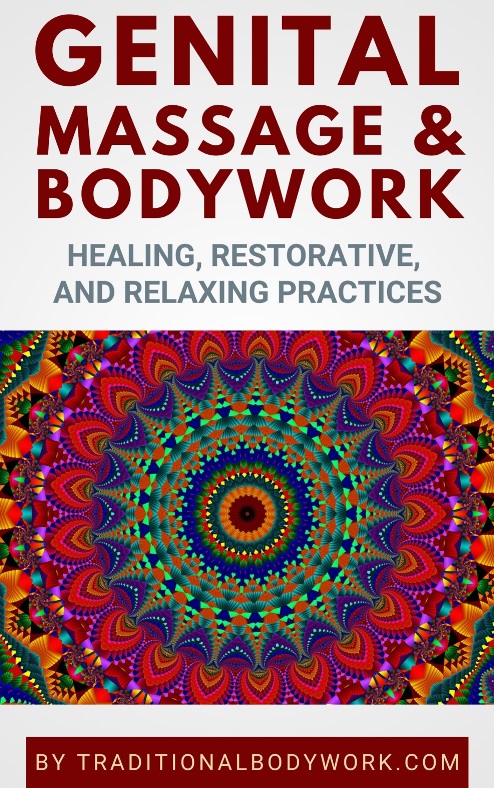
In this post, we will discuss what exactly is meant by the term “release,” and what the difference is between “emotional release” and “trauma release,” notably in the context of somatic therapies.
The term “release” is commonly used in a sense of “setting free” or “allowing or enabling to move, act, or flow freely.” Release then — with regard to somatics — is about “emotional liberation” and catharsis, the latter expressing itself as forceful and strong emotional relief.

The ability to come to release implies that certain emotions and/or traumatic experiences of a person can be “trapped,” “locked,” or “blocked.” In the case of mind-body i.e. somatic theories this specifically refers to “body-trapped” emotions and trauma, thought to occur in the form of muscular tensions, constrictions, and sensitivity, or by contrast — insensitivity and numbness in the soft tissues at various body locations.
It is thought that body-trapped emotions and trauma obstruct people to express themselves naturally and freely, make them feel unconsciously or consciously unhappy, and additionally cause a variety of psychological and physical health issues.
Hence, by making distressing emotions and traumatic feelings come out of their “hiding place,” people can become aware of them, face them with full awareness, digest them in an appropriate manner, and finally let them go i.e. release them, that is, give certain feelings and experiences a place in their lives, while coming to so-called “closure.”
Now, trauma can be roughly defined as an intense emotional response to a “deeply distressing or disturbing experience,” often with a distinction made between physical trauma and emotional trauma. To this respect, somatic therapies notably occupy themselves with releasing emotional trauma, that is, releasing the body-trapped emotional response to trauma. Therefore — in this context — trauma release is a form of emotional release.

Nonetheless, not all emotional release is trauma release; certain emotions may be disturbing and upsetting, such as stress and anxiety due to one’s workload at the job, the daily commuter traffic, or the loud neighbors, to give some examples, but these are not necessarily traumatic experiences. Yet, they may become a source of emotional trauma in the long run, that’s also true, and that’s why the division between “emotional disturbances” and “emotional trauma” is sometimes just a thin line.
So, certain intense or distressing emotions, without necessarily being trauma — such as the aforementioned examples of stress and anxiety — may be highly disturbing and cause physical tensions or even psychological or physical illnesses, and somatic therapies may come of help to release those emotions and provide emotional relief. As you see, release typically gives relief, and relief is thought to be an inherent quality (or result) of release.
But okay, in general, the phrase “emotional and trauma release” is often used together, almost as if it is one word or term. That does not really matter as long as we understand the subtle differences between emotional release and trauma release. That can help both clients and therapists to better discern what actually happens as result of a treatment, which also guides to what additional kinds of practices or therapies might be needed to heal or overcome emotional health issues.





















